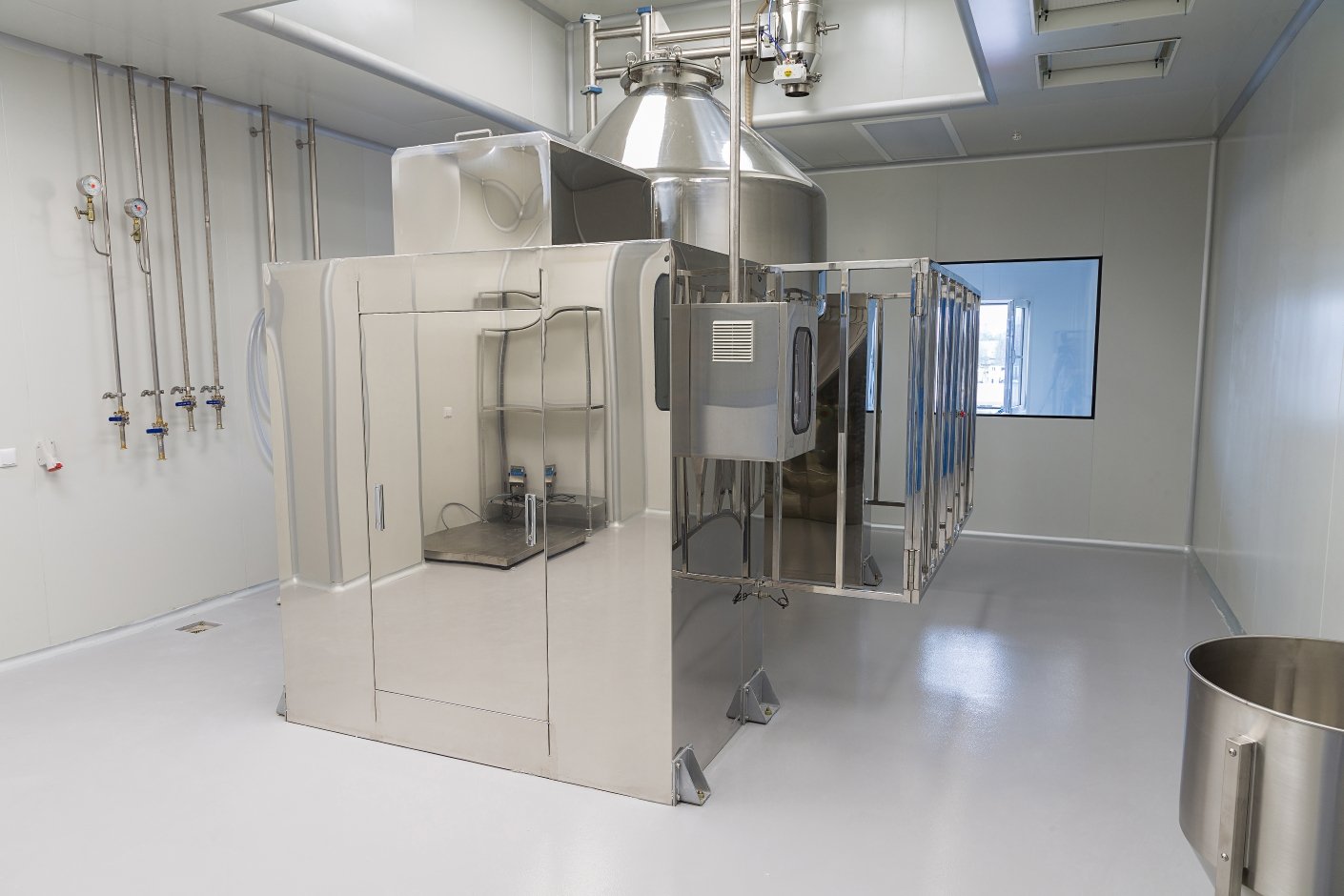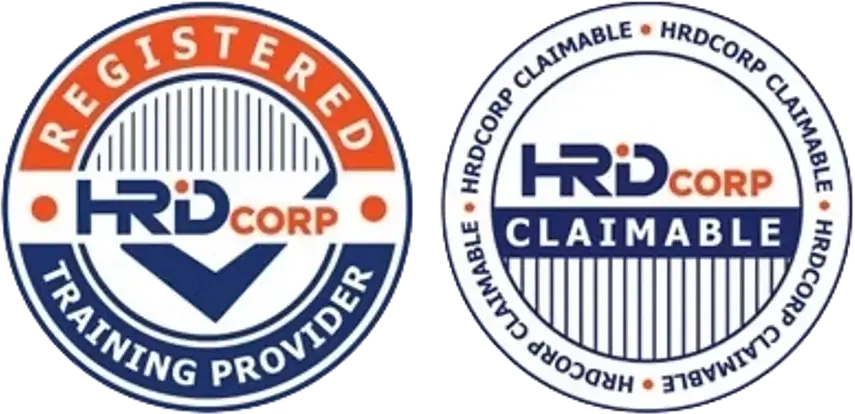What Role Does Employee Hygiene Really Play in a HACCP System?
In any food manufacturing facility, employees are the frontline defense against contamination. While HACCP plans often focus on machinery, ingredients, and processes, employee hygiene is equally vital. Poor hygiene practices can easily undermine even the most robust HACCP system.
So, what role does employee hygiene really play in HACCP, and how can SMEs manage it effectively? Let’s break it down.

1. Preventing Contamination at the Source
-
Employees are the most direct link between raw materials, equipment, and finished products.
-
Hands, clothing, or personal items can transfer bacteria, allergens, or foreign objects.
-
Strong hygiene practices stop contamination before it reaches production lines.
2. Critical Hygiene Practices Under HACCP
-
Handwashing: Frequent, proper washing at designated stations.
-
Protective clothing: Use of gloves, hairnets, beard covers, and clean uniforms.
-
No jewelry or personal items: Prevents physical contamination risks.
-
Restricted eating/drinking: Only in designated areas, never near production lines.
-
Health checks: Employees with illness or open wounds should not handle food.
3. Employee Hygiene as a Prerequisite Program (PRP)
-
HACCP requires solid PRPs to support food safety.
-
Hygiene rules form the foundation that keeps hazards under control.
-
Without strict hygiene, CCPs alone cannot guarantee food safety.
4. Training and Awareness
-
Regular hygiene training tailored to job roles.
-
Use visual reminders like posters near handwashing stations.
-
Reinforce with spot checks and supervisor monitoring.
-
Build a culture where hygiene is seen as non-negotiable.
5. Facility and Equipment Design to Support Hygiene
-
Adequate handwashing stations near production areas.
-
Separate changing rooms and storage for personal belongings.
-
Smooth, easy-to-clean surfaces to reduce dirt and bacteria buildup.
6. Monitoring and Record-Keeping
-
Logbooks for handwashing compliance or hygiene inspections.
-
Supervisors conduct daily checks before shifts start.
-
Non-conformances (e.g., improper clothing) should be recorded and corrected immediately.
7. Benefits of Strong Employee Hygiene in HACCP
-
Reduces risk of biological contamination (bacteria, viruses).
-
Minimizes chances of allergen cross-contact.
-
Improves customer confidence in food safety practices.
-
Helps maintain compliance during audits and inspections.

Final Thoughts
Employee hygiene is not just a checklist item in HACCP — it is the backbone of a safe food production environment. By embedding hygiene into daily operations, SMEs can reduce risks, pass audits confidently, and protect both consumers and their brand.
👉 At CAYS Scientific, we help SMEs strengthen HACCP systems with customized employee hygiene programs that are practical and cost-effective.


